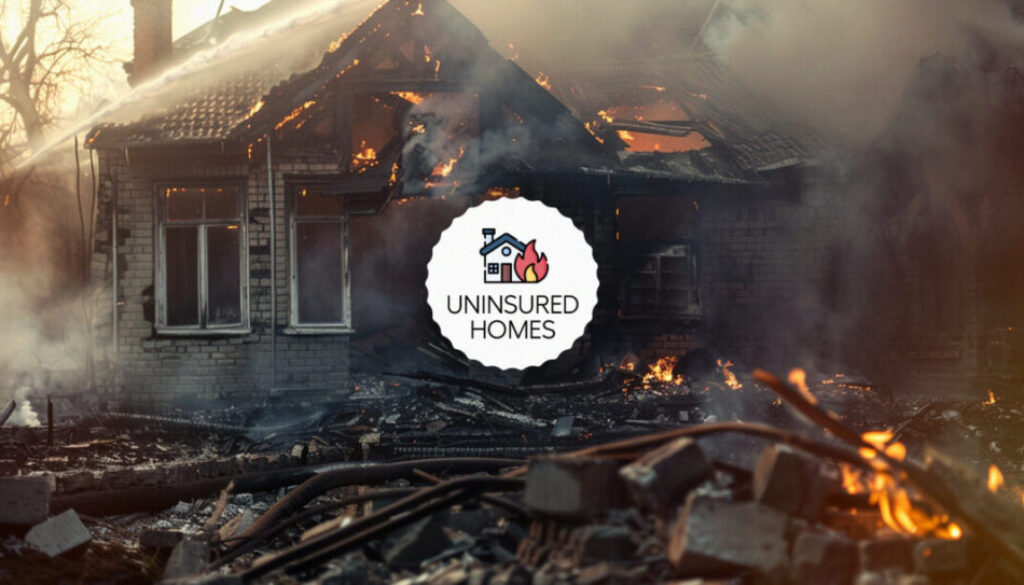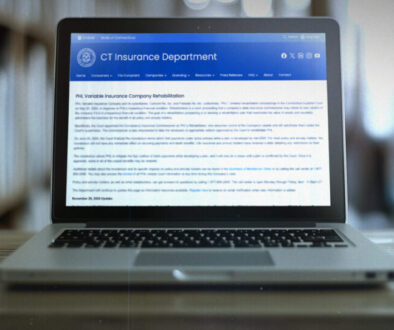$1.6 trillion in U.S. homes uninsured, mostly among Hispanic and African-American families
One in 13 American homeowners does not have home insurance coverage, being the equivalent of $1.6 trillion in uninsured home value, according to a new report by the Consumer Federation of America.
The most likely homeowners to go uninsured were Hispanic and African-American households, seniors, lower income-earners and those living in Miami and Houston — two cities extremely vulnerable to climate change.
“Storms and natural disasters are becoming all the more frequent. Homeowners insurance is essential for protecting consumers,” Michael DeLong, research and advocacy associate, CFA, told the National Association of Insurance Commissioners’ Consumer Liaison Committee at the Spring 2024 Meeting.
As such, the CFA has recommended ways the federal government can address this, including by introducing a public reinsurance mechanism that could help reduce premiums for American homeowners.
Key findings
The CFA assessed data from a 2021 American Housing Survey, weighting the 31,669 observations to be nationally representative.
DeLong presented findings to the NAIC, noting that this crucial information is not often rigorously studied.
“Our top finding was, in 2021, 6.1 million homeowners lacked homeowners insurance coverage. That’s equivalent to 7.4% of homeowners or one in 13 homeowners across the United States,” he said.
Of the $1.6 trillion in home value that is without coverage, $339 billion is owned by Hispanic households and $206 billion is owned by Black households.
Additionally, homes built before 2000 were almost twice as likely to be uninsured than homes built in the last two decades, and “an astonishing 35%” of manufactured homes, which are gaining popularity, were uninsured.
“We expect rising insurance premiums and diminishing access to homeowners insurance,” DeLong said. “We think this is going to cause more people to go without homeowners insurance in the years to come.”
Demographic: Location
Rural homeowners were more likely to lack homeowners insurance, with 12% going without coverage.
In major cities, homeowners in Miami, FL, and Houston, TX, were found to be the most likely to lack coverage, where 15% and 10% respectively were uninsured.
Source: Consumer Federation of America
The top 10 states with the highest percentages of uninsured homeowners were:
Mississippi (13%)
New Mexico (13%)
Louisiana (12%)
West Virginia (11%)
Alaska (11%)
North Dakota (11%)
Alabama (11%)
Oklahoma (11%)
Florida (10%)
Texas (10%)
However, DeLong underscored that uninsured homes are found across the country and the issue cannot be reduced to just a handful of states or regions.
Demographic: Ethnicity
The CFA report found “some pretty substantial racial and ethnic inequalities.”
“Hispanic homeowners are more than twice as likely as white homeowners to not have homeowners insurance,” DeLong said. “This is especially worrisome because a lot of these communities tend to be disproportionately exposed and susceptible to natural disasters.”
More than 22% of Native American homeowners lacked homeowners insurance, compared to 14% of Hispanic homeowners, 11% of African American homeowners, 9% of multiracial homeowners, 6% of white homeowners and 5% of Asian American and Pacific Islander homeowners.
Source: Consumer Federation of America
Demographic: Age
Results also found “striking” age disparities in coverage, which could potentially “deepen racial wealth and homeownership gaps.”
With the exception of white households, older Americans from all ethnicities were more likely to lack homeowners insurance. DeLong said this is concerning because of how vulnerable seniors can be without coverage.
“They tend to have less time to recover from disasters. A lot of them deal with mobility issues or health challenges, and a lot of them live on limited or fixed incomes, like Social Security. So, accidents or disasters may jeopardize their ability to stay in homes as they age in place,” he said.
Source: Consumer Federation of America
Demographic: Income
Homeowners who are least likely to have financial resources to pay for unexpected damage are most likely to go unprotected, DeLong said.
Nearly 15% of Americans who make under $50,000 per year and almost 22% of those living in poverty lack homeowners insurance. This is in contrast to 4.4% of those who make between $50,000 and $149,999 per year and 5.9% of those not living in poverty.
Additionally, 19% of the homes valued under $150,000 lacked coverage, compared to 5% of homes valued between $150,000 and $300,000 and 4% of homes worth more than $300,000.
Source: Consumer Federation of America
CFA recommendations
To address the issue, the CFA suggests the government collect data on an ongoing basis, including research into homeownership gaps, and translate that data into forms the average American consumer can understand.
It also suggests the federal government invest more in risk reduction and create a public reinsurance mechanism to reduce overreliance on unregulated insurance and also lower premiums for homeowners.
“If premiums keep rising, many homeowners may be forced to go bare…and some homeowners already have been forced to go bare because of rising costs,” DeLong said.
“One major storm, fire or other event could turn an uninsured homeowner into an unhoused family.”
The CFA is an association of organizations that works to advance consumer interests through research, advocacy and education.
Rayne Morgan is a content marketing manager with PolicyAdvisor.com and a freelance journalist and copywriter.
© Entire contents copyright 2024 by InsuranceNewsNet.com Inc. All rights reserved. No part of this article may be reprinted without the expressed written consent from InsuranceNewsNet.com.
The post $1.6 trillion in U.S. homes uninsured, mostly among Hispanic and African-American families appeared first on Insurance News | InsuranceNewsNet.




